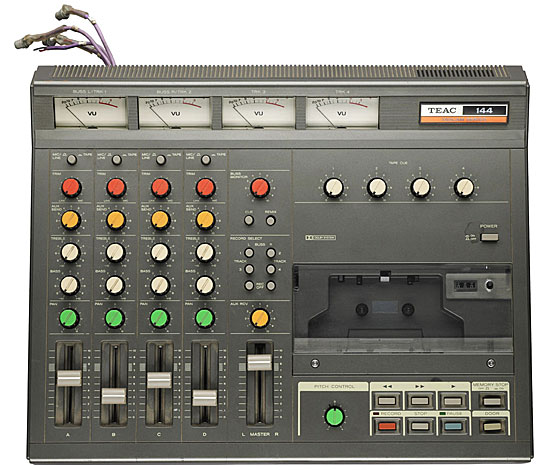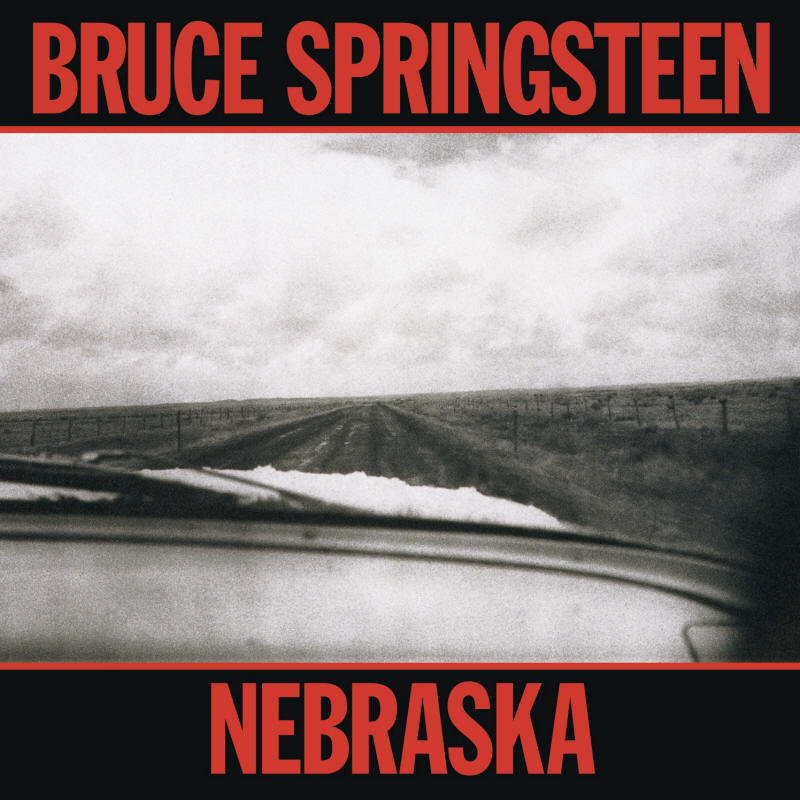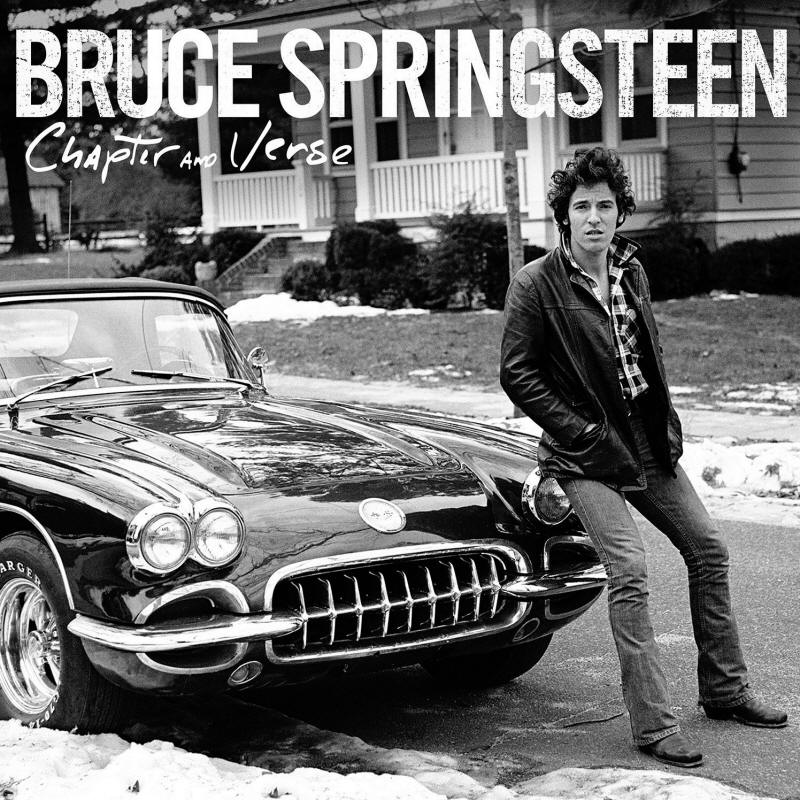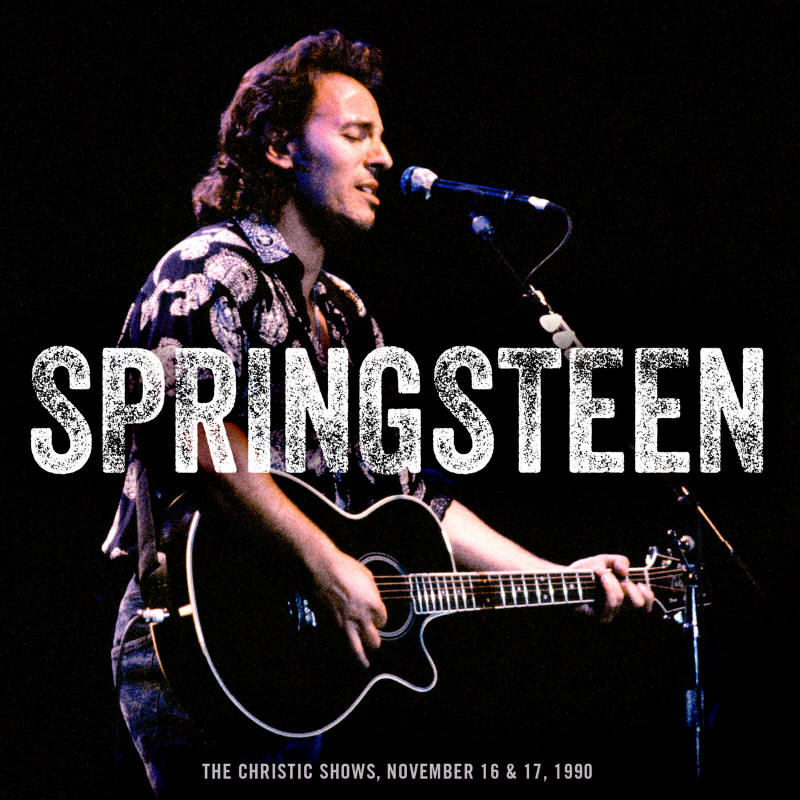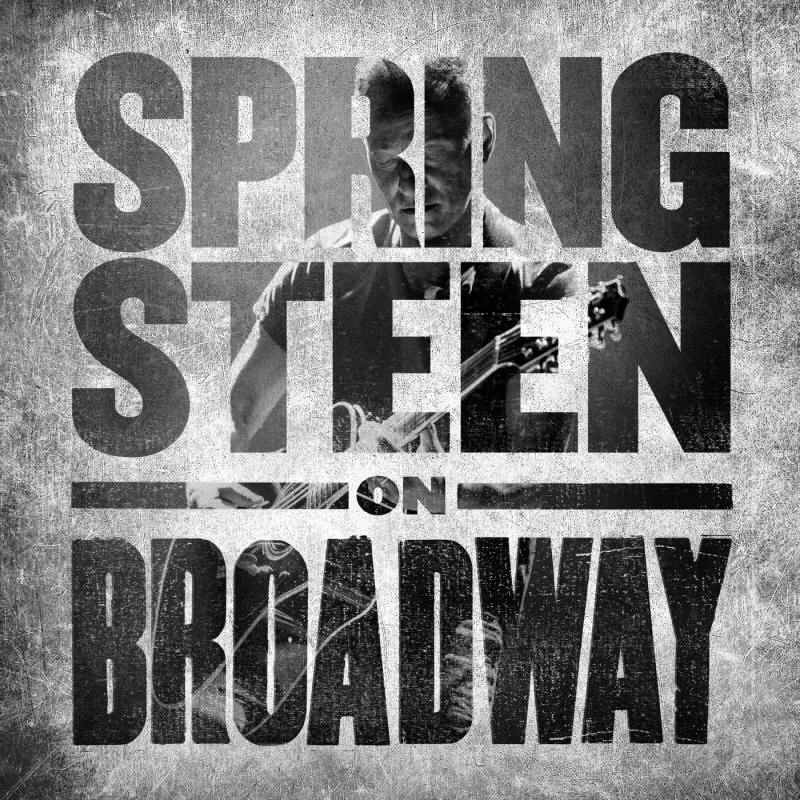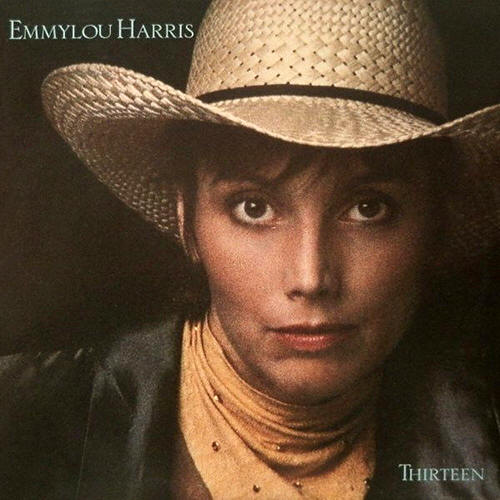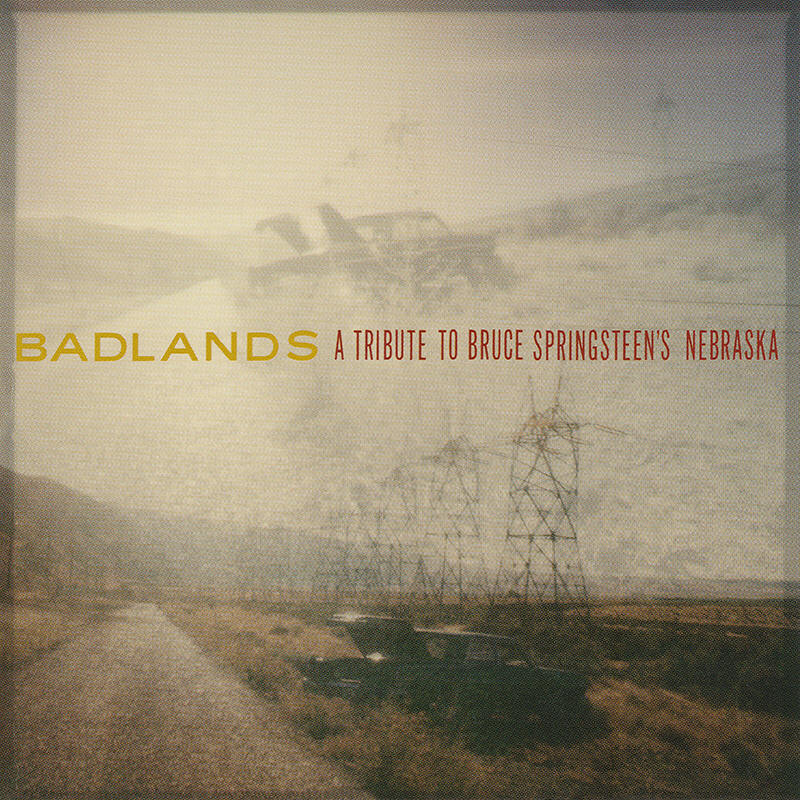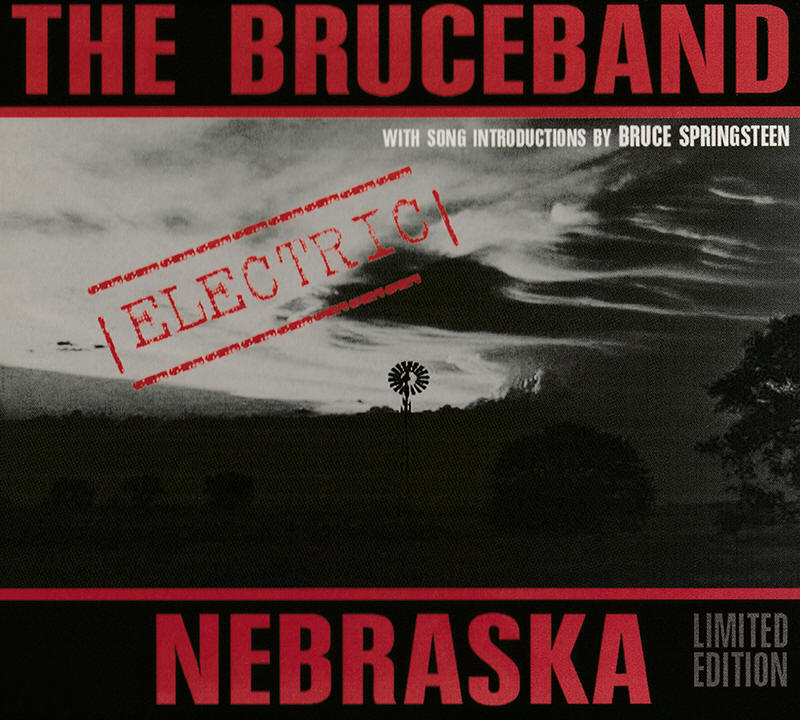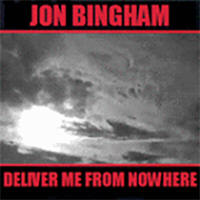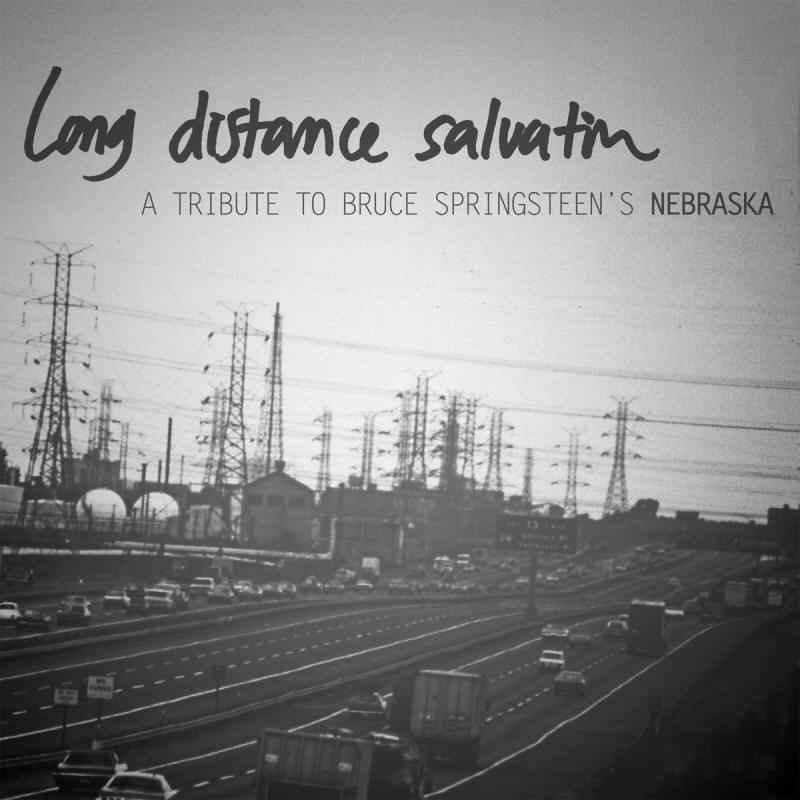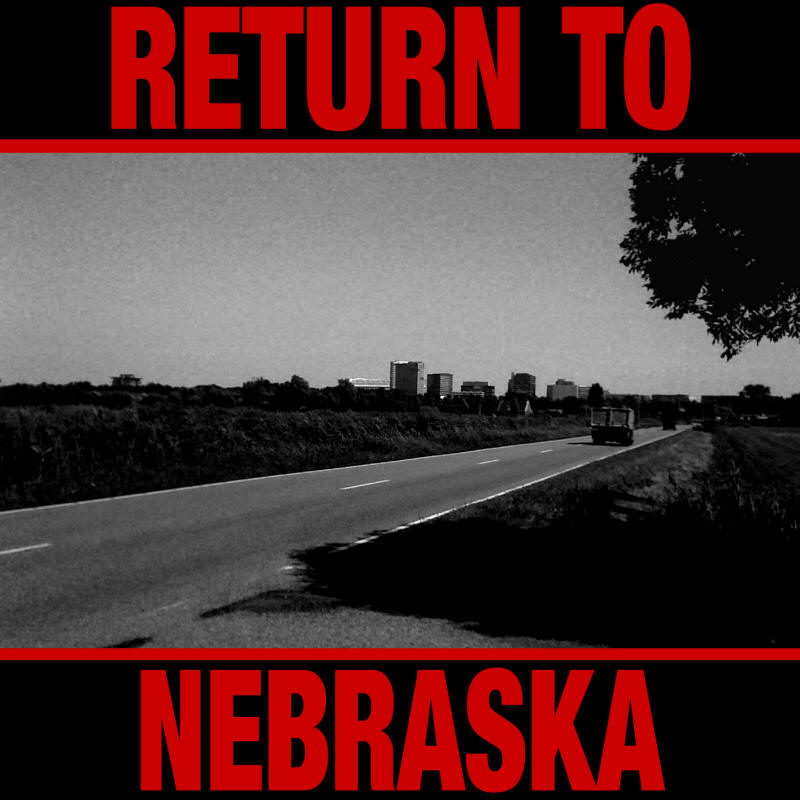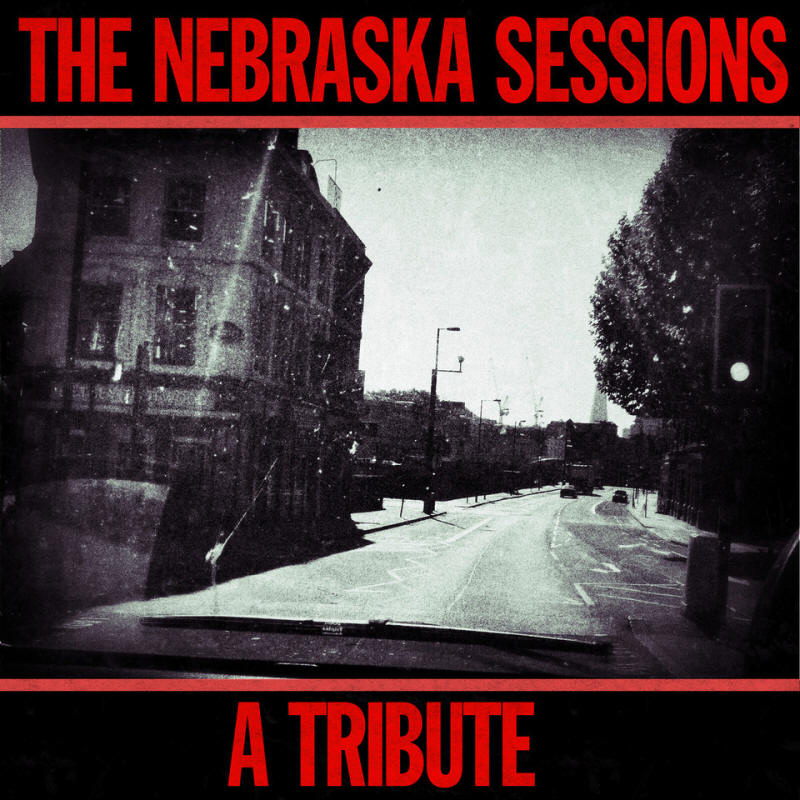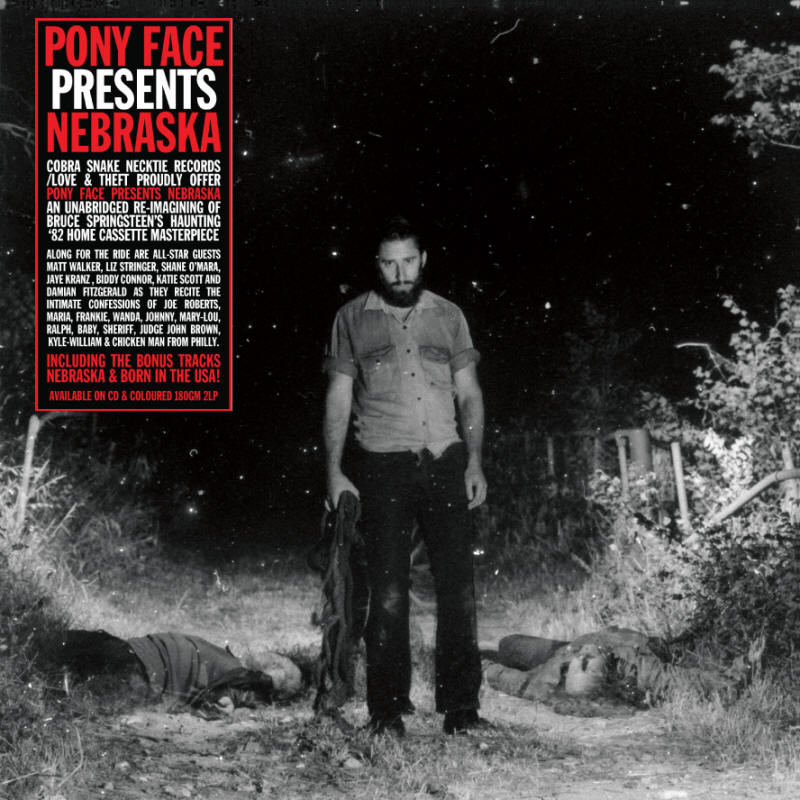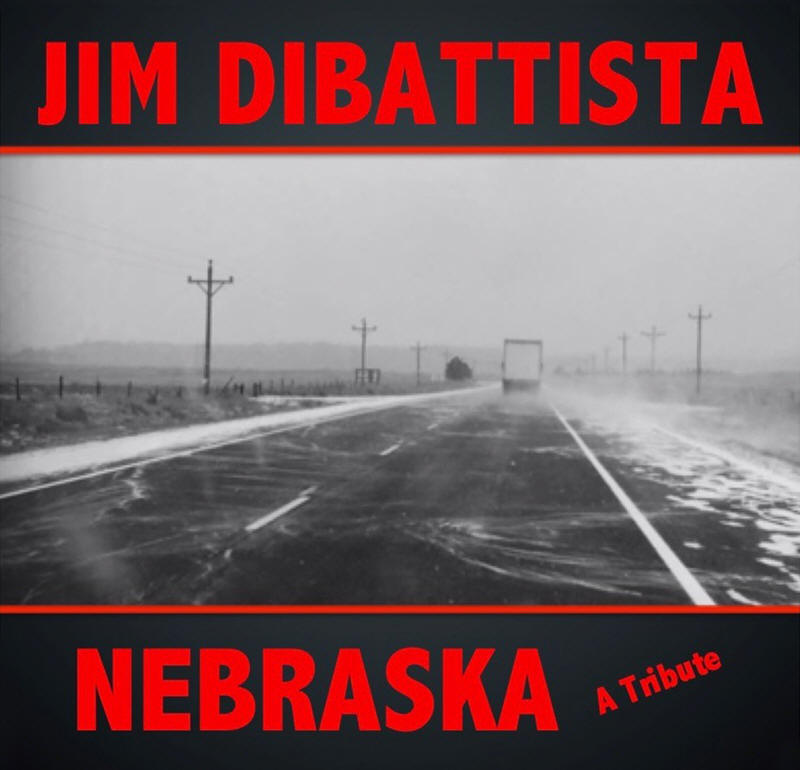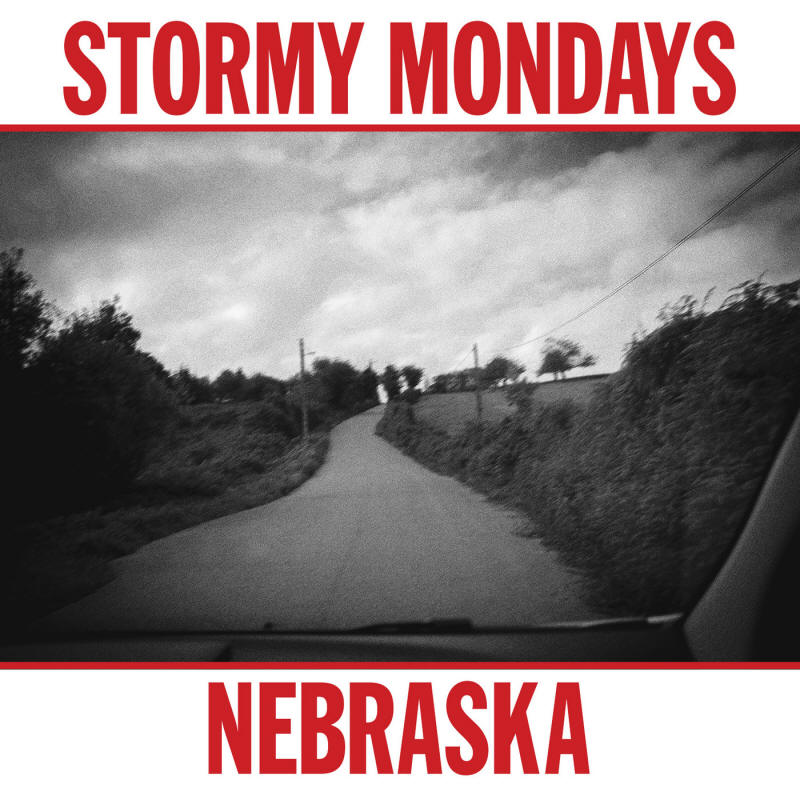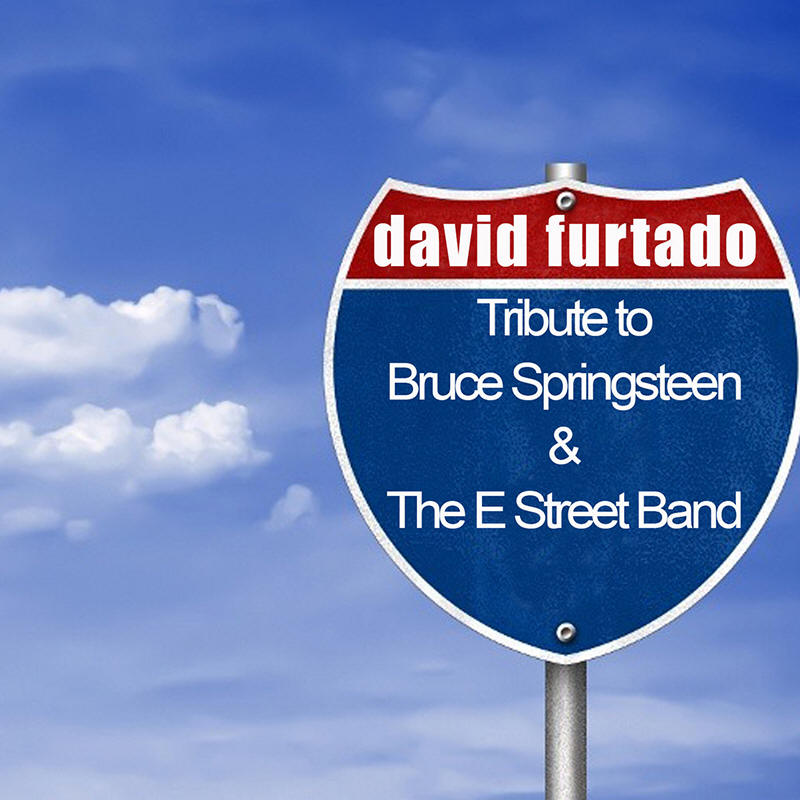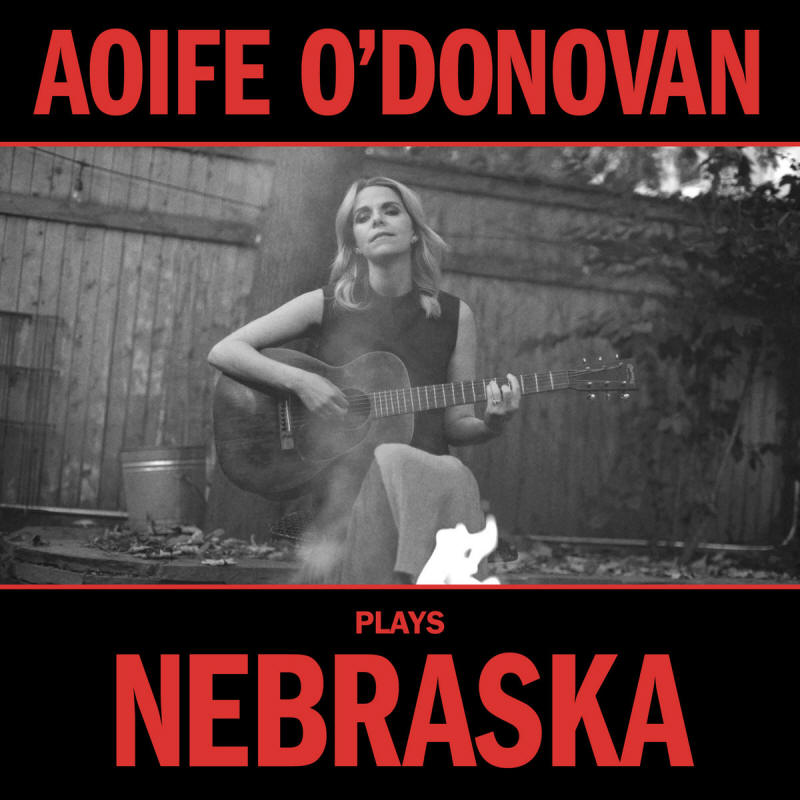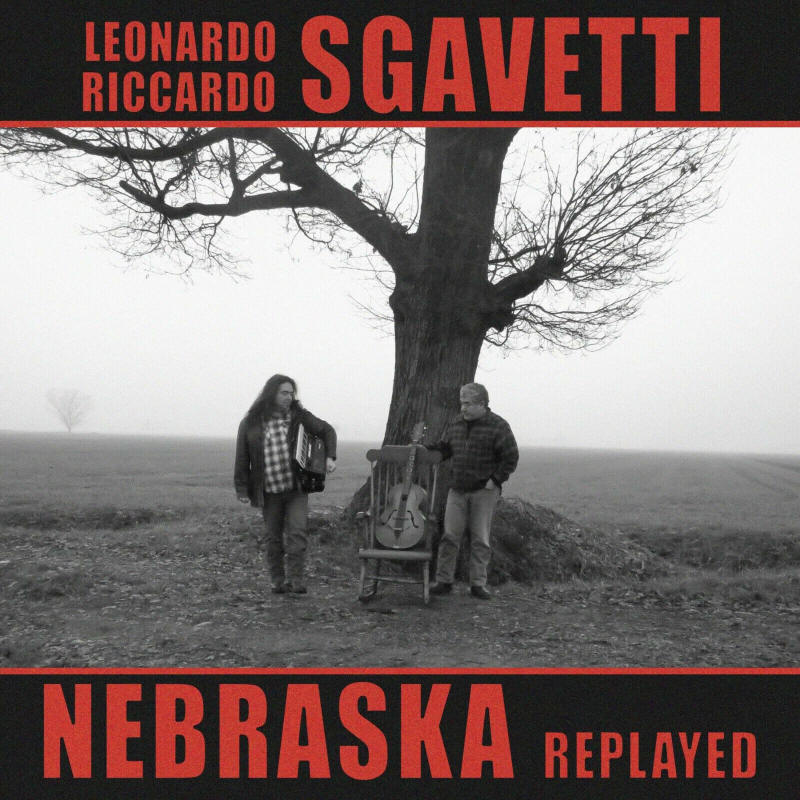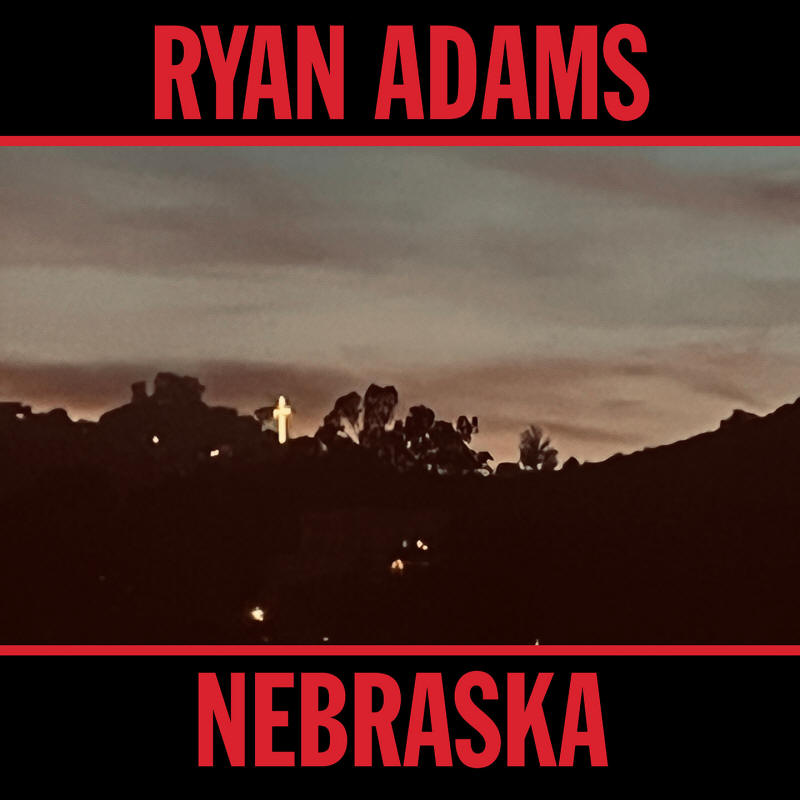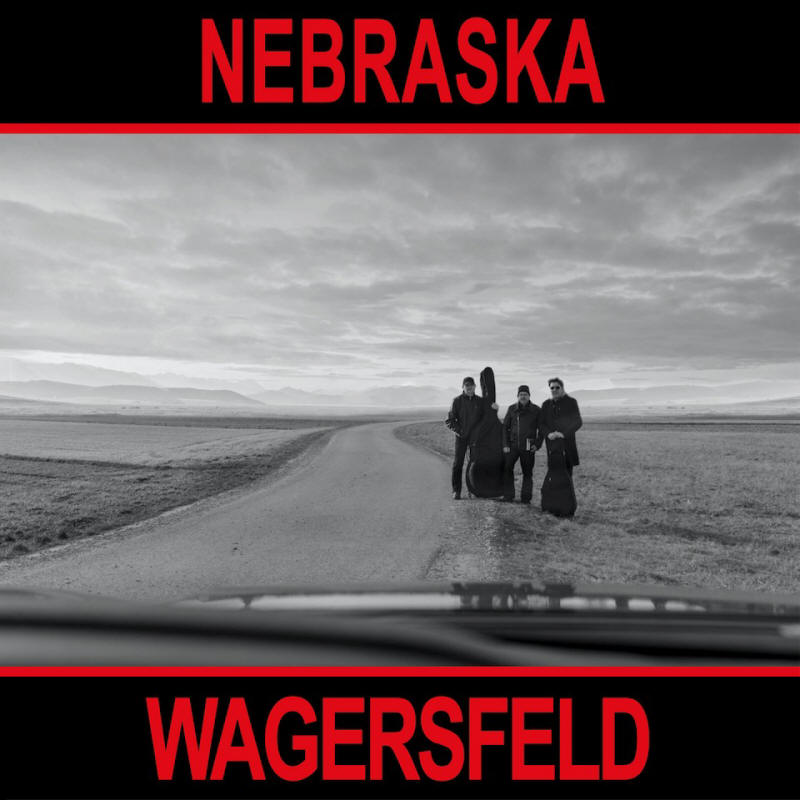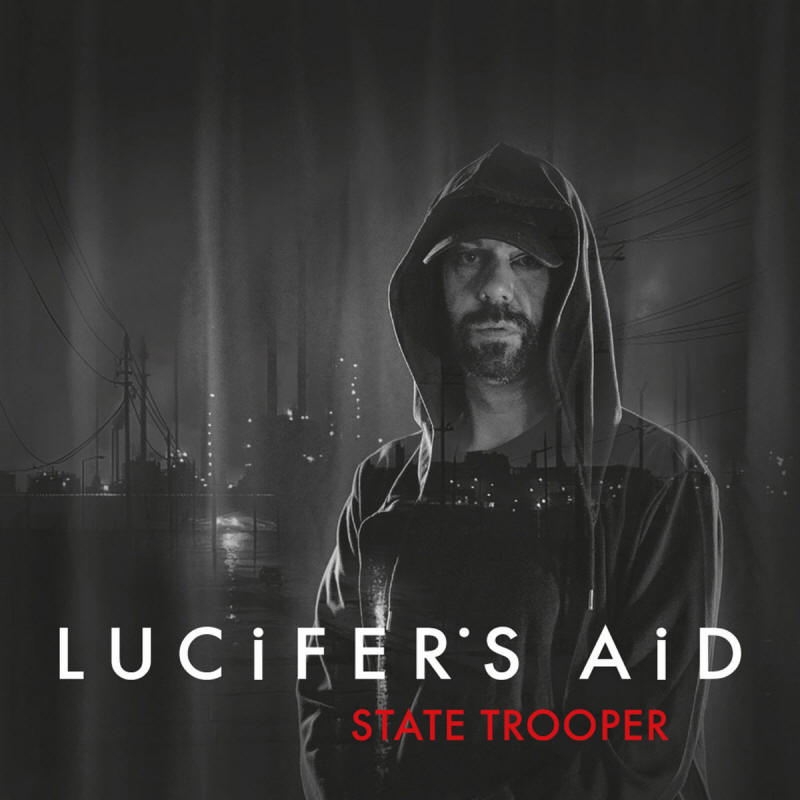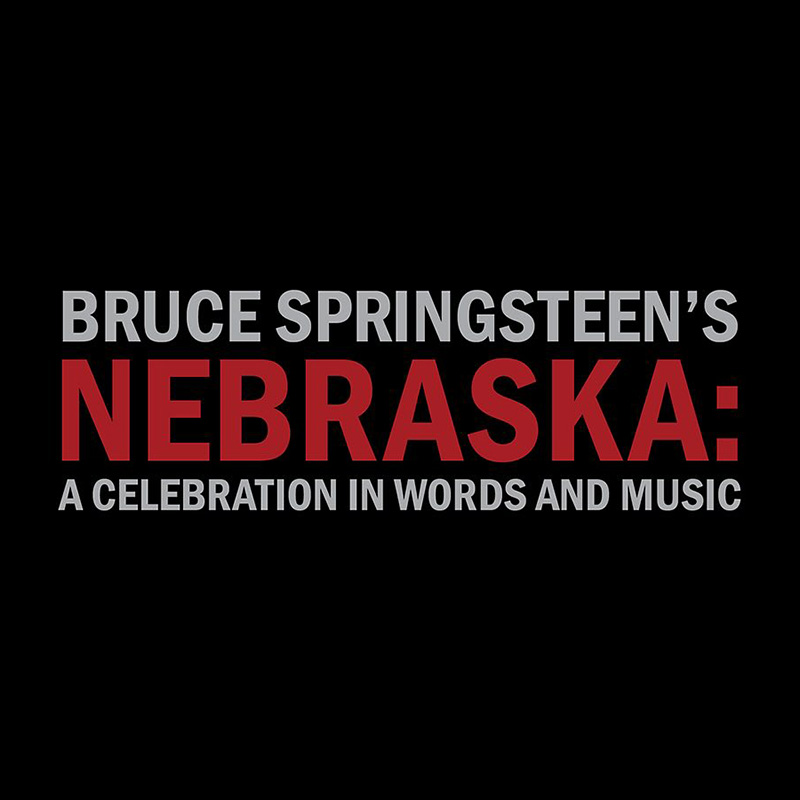MY FATHER'S HOUSE 
Album version
Last night I dreamed that I was a child
Out where the pines grow wild and tall
I was trying to make it home through the forest
Before the darkness falls
I heard the wind rustling through the trees
And ghostly voices rose from the fields
I ran with my heart pounding down that broken path
With the devil snapping at my heels
I broke through the trees and there in the night
My father's house stood shining hard and bright
The branches and brambles tore my clothes and scratched my arms
But I ran till I fell shaking in his arms
I awoke and I imagined the hard things that pulled us apart
Will never again, sir, tear us from each other's hearts
I got dressed and to that house I did ride
From out on the road I could see its windows shining in light
I walked up the steps and stood on the porch
A woman I didn't recognize came and spoke to me through a chained door
I told her my story and who I'd come for
She said "I'm sorry son but no one by that name lives here anymore"
My father's house shines hard and bright
It stands like a beacon calling me in the night
Calling and calling so cold and alone
Shining 'cross this dark highway where our sins lie unatoned
PAGE UNDER CONSTRUCTION
Info
MY FATHER'S HOUSE is a song written by Bruce Springsteen and released on his 1982 album Nebraska. The above lyrics are for Bruce Springsteen's album version of MY FATHER'S HOUSE as released in 1982.
The album version of MY FATHER'S HOUSE was included on the Chapter And Verse compilation album.
Studio Recording
SECTION NOT YET COMPLETED
Nebraska
Following The River Tour, Bruce Springsteen and The E Street Band were scheduled to start recording the next album in New York City in February 1982. Springsteen felt that the upcoming band studio sessions would progress faster than they had for his previous three albums if he first records finished demos and demonstrates them to the band. He decided to record multi-channel, professional sounding, finished demos of some songs he had written during the period.
To achieve his goal, Springsteen asked his guitar technician, Mike Batlan, in December 1981 to set up a recording facility in a spare room at his home in Colts Neck, NJ. Some modification work was done to the room making it more receptive to achieving a decent sound. Batlan purchased a Teac Tascom Series 144 4-track cassette recorder, two Shure SM57 microphones, and two microphone stands. The sound was mixed through an old Gibson Echoplex and an old Panasonic boom box acted as the mix-down deck.
The four-track cassette recorder that Bruce Springsteen used to record his famous Nebraska demo tape of January 1982
Batlan told journalist David McGee, "Springsteen began organizing his work for Nebraska during the first week of December 1981 — that's when I was directed to buy the four-track... actual recording began on 17 or 18 December and ended around January 3." Some of the songs were recorded two or three times in slightly different arrangements. A cassette tape was compiled and edited at the end of the sessions, likely on 03 Jan 1982. It contained fourteen songs recorded during these late December 1981 / early January 1982 sessions plus what is almost certainly a live recording of a fifteenth song, JOHNNY BYE-BYE. It also included seven alternate takes and five alternate mixes. The first person to listen to the tape was Jon Landau. Two or three months later, Springsteen recorded two additional songs (MY FATHER'S HOUSE and THE BIG PAYBACK) at home on the same equipment — thus making a total of 17 different songs.
The solo demo tape was never conceived to result in a commercially released album, as the songs were recorded by the E Street Band with multi-instrument arrangements, during what's known by fans as the "Electric Nebraska Sessions". It should be noted that most of the songs were not recorded in "rock" arrangements. Instead, Springsteen and Max Weinberg just added light percussion, or Roy Bittan added a synth pad.
During the E Street Band sessions it became apparent to Springsteen that a majority of these songs did not lend themselves well to a full band arrangement. He later wrote in his 1998 book Songs, "I went into the studio, brought in the band, rerecorded, remixed, and succeeded in making the whole thing worse." At one point he even went back into the studio with an acoustic guitar to try and re-record the songs solo, but the result lacked the atmosphere and feeling of isolation only found on the original home demos. According to Toby Scott, Springsteen handed him the original solo demo tape in April 1982 and asked him if it was possible to just master off the tape, with the intention to release some of the songs as a solo album. It took Scott a few weeks before eventually saying yes and in May a decision was taken to release a solo album ahead of the still-in-progress E Street Band album.
Most of the E Street Band arrangements of these songs were discarded and ten of the original solo demos from the tape were released on the Nebraska album. Max Weinberg revealed to Rolling Stone in June 2010 that the recording of the "Electric Nebraska Sessions" does exist. He said that "the E Street Band actually did record all of Nebraska and it was killing [...] It was all very hard-edged. As great as it was, it wasn't what Bruce wanted to release. There is a full band Nebraska album, all of those songs are in the can somewhere."
"Open All Night" and "January 3, 1982" were considered as titles for the album, but ultimately "Nebraska" was chosen. The album was produced by Bruce Springsteen and was commercially released on 20 Sep 1982 by Columbia Records.
Bruce Springsteen -- Nebraska
Nebraska features 10 new Springsteen compositions and clocks at 40:50.
Chapter And Verse
Chapter And Verse is a Bruce Springsteen compilation album released on Columbia Records on 23 Sep 2016 in the U.S. It was officially announced on 28 Jul 2016. The album is an audio companion to Springsteen's autobiography Born To Run, which was published four days later, on 27 Sep 2016, by Simon & Schuster.
The album is a career retrospective consisting of 18 tracks. It spans almost half a century of Springsteen's career, from as early as 1966. According to the press release, Springsteen selected the songs to reflect the themes and sections of the autobiography. The first five tracks have not been previously released.
Tracks 1 and 2 are from The Castiles era, track 3 is from the Steel Mill era, and track 4 is from The Bruce Springsteen Band era. Tracks 5 and 6 are Springsteen solo, from around the time he signed his record deal with CBS. The remaining 12 tracks are compiled from 12 different Bruce Springsteen studio albums, from 1973 to 2012. All song were written by Bruce Springsteen, except tracks 1 (co-written by Bruce Springsteen and George Theiss) and track 2 (written by Willie Dixon). Track 2 is only song on the album recorded live.
Bruce Springsteen -- Chapter And Verse
Chapter And Verse is available as a single-disc CD and as a double-disc LP, as well as digital download and streaming.
Other Official Releases
SECTION NOT YET COMPLETED
The live 16 Nov 1990 version of MY FATHER'S HOUSE was released on The Christic Shows, November 16 & 17, 1990 official live download in 2016.
Live History: on-tour
SECTION NOT YET COMPLETED
In preparation for Springsteen On Broadway, MY FATHER'S HOUSE was performed during all of the tour's three known private rehearsal shows that took place in September 2017 in West Long Branch, NJ, and New York City, NY, and during both of the tour's known private rehearsal shows that took place in June 2021 in New York City, NY.
MY FATHER'S HOUSE was performed 268 times during Springsteen On Broadway (268 dates, October 2017 to December 2018 and June to September 2021). On this tour, the song was played solo on acoustic guitar and harmonica. The live July 2018 version of MY FATHER'S HOUSE was released on the Springsteen On Broadway album in 2018.
Live History: off-tour
SECTION NOT YET COMPLETED
Covers
SECTION NOT YET COMPLETED
At least 17 artists have recorded and released Bruce Springsteen's MY FATHER'S HOUSE.
Emmylou Harris -- Thirteen
LP - Warner Bros. (1-25352) - USA, 1986
Various artists -- Badlands - A Tribute To Bruce Springsteen's Nebraska
CD - Sub Pop (SPCD 525) - USA, 2000
CD - Sub Pop (9878-70525-2) - Germany, 2000
CD - Sub Pop (WPCR-10845) - Japan, 2000
This is a Bruce Springsteen tribute album. MY FATHER'S HOUSE is performed by Ben Harper.
The Bruceband -- Nebraska Electric
CD - no label (88690-2) - Holland, 2008
This is a Bruce Springsteen tribute album.
Jon Bingham -- Deliver Me From Nowhere
Digital album - no label (no catalog number) - USA, 2012
This is a free download-only digital Bruce Springsteen tribute album.
Various artists -- Long Distance Salvation: A Tribute To Bruce Springsteen's Nebraska
LP - no label (no catalog number) - USA, 2012
Digital album - no label (no catalog number) - USA, 2012
This is a Bruce Springsteen tribute album, available in downloadable digital form and on limited edition colored vinyl. The digital version contains three tracks not found on the LP issue. MY FATHER'S HOUSE is performed by David Wax.
Various artists -- Return To Nebraska
Digital album - no label (no catalog number) - Holland, 2012
This is a free download-only digital Bruce Springsteen tribute album. MY FATHER'S HOUSE is performed by Oh Brave Wide Eyes.
Various artists -- The Nebraska Sessions - A Tribute
CD - Clubhouse Records (no catalog number) - UK, 2012
Digital album - Clubhouse Records (no catalog number) - UK, 2012
This is a Bruce Springsteen tribute album, available in downloadable digital form and on CD. The digital version contains two tracks not found on the CD issue. MY FATHER'S HOUSE is performed by The Hi And Lo.
Pony Face -- Pony Face Presents Nebraska
2xLP - Cobra Snake Necktie Records (unknown catalog number) - Australia, 2014
CD - Love & Theft Recording Co. (LNT022) - Australia, 2014
This is a Bruce Springsteen tribute album.
Jim DiBattista -- Nebraska - A Tribute
Digital album - Big Lump Records (no catalog number) - USA, 2019
This is a download-only digital Bruce Springsteen tribute album. It can be streamed on
YouTube and
Soundcloud.
Stormy Mondays -- Nebraska
CD - Electric Satellite Records (ESR 002) - Spain, 2019
LP - Electric Satellite Records (ESR 002-LP) - Spain, 2021
This is a Bruce Springsteen tribute album.
David Furtado -- Tribute to Bruce Springsteen & The E Street Band
Digital album - no label (no catalog number) - Portugal, 2020
This is a download-only digital Bruce Springsteen tribute album.
Aoife O'Donovan -- Aoife O'Donovan Plays Nebraska
Digital album - Yep Roc Records (no catalog number) - USA, 2021
This is a download-only digital Bruce Springsteen tribute album. It was recorded live on 09 May 2020 at Aoife’s home in New York City, NY.
Leonardo And Riccardo Sgavetti -- Nebraska Replayed
CD - Esagono Dischi (ED 2021/01) - Italy, 2021
This is a Bruce Springsteen tribute album.
Ryan Adams -- Nebraska
Digital album - Pax Americana Record Company (no catalog number) - USA, 2022
This is a free download-only digital Bruce Springsteen tribute album.
Wagersfeld -- Nebraska
CD - no label (no catalog number) - Austria, 2023
This is a Bruce Springsteen tribute album. Each song is preceded by a story related to the song, in German.
Lucifer's Aid -- State Trooper
MiniCD EP - Progress Productions (PROCD131) - Sweden, 2024
This is a Bruce Springsteen tribute EP.
Various artists -- Bruce Springsteen's Nebraska: A Celebration In Words And Music
CD - unknown label (unknown catalog number) - USA, 2024
This is a Bruce Springsteen tribute album. It's the soundtrack album for the PBS special that first aired on 10 Aug 2024 and was offered with a donation to the American public broadcaster. MY FATHER'S HOUSE is performed by Lyle Lovett.
Available Versions
List of available versions of MY FATHER'S HOUSE on this website:
MY FATHER'S HOUSE [Album version]
MY FATHER'S HOUSE [Live July 2018 version]
Page last updated: 29 Jul 2016

